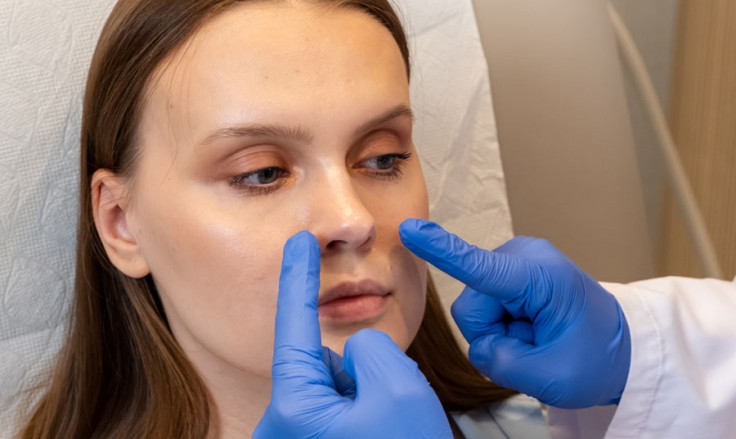Everything You Need To Know About Septoplasty
Septoplasty is a surgical procedure aimed at correcting a deviated septum. It is the displacement of the bone and cartilage that divides your two nostrils. This procedure can significantly improve breathing and overall nasal function. This article covers everything you need to know about septoplasty. This includes its purpose, the procedure, recovery, and potential risks.
1. Understanding Septoplasty
Septoplasty is performed to straighten the nasal septum. A deviated septum can cause breathing difficulties, nasal congestion, and frequent sinus infections. By correcting the septum’s alignment, septoplasty improves airflow and nasal function.
2. Reasons For Septoplasty
There are several reasons why someone might need septoplasty:
- Breathing Difficulties: A deviated septum can obstruct airflow, making breathing through the nose difficult.
- Chronic Sinusitis: Recurrent sinus infections can be caused or exacerbated by a deviated septum.
- Nosebleeds: Frequent nosebleeds may result from a deviated septum.
- Snoring and Sleep Apnea: Septoplasty can help reduce snoring and symptoms of sleep apnea by improving nasal airflow.
- Nasal Trauma: Previous nasal injuries can result in a deviated septum that requires correction.
3. The Procedure
Understanding the procedure helps set realistic expectations:
- Initial Consultation: During the initial consultation, your surgeon will examine your nasal structure. They will also review your medical history, and discuss your symptoms and goals.
- Preparation: You may be advised to avoid certain medications for a specified period before surgery. This can include aspirin or other blood-thinning drugs.
- Anaesthesia: Septoplasty is typically performed under general anaesthesia. Local anaesthesia with sedation may also be used.
- Surgical Technique: The surgeon makes an incision inside the nose to access the septum. The deviated portions of the septum are then repositioned, trimmed, or removed to straighten the septum.
- Closing the Incision: Once the septum is corrected, the mucous membrane is repositioned, and the incision is closed with stitches. Nasal splints or packing may be used to support the septum during healing.
4. Recovery After Septoplasty
Recovery is a crucial part of the process and varies from person to person:
- Immediate Post-Surgery: Expect some swelling, bleeding, and nasal congestion immediately after surgery. Pain is typically mild and can be managed with prescribed medications.
- Nasal Care: Your surgeon will provide instructions on how to care for your nose. This can include saline rinses to keep the nasal passages moist and clean.
- Avoiding Certain Activities: Avoid strenuous activities, heavy lifting, and blowing your nose for a few weeks. This will help ensure proper healing.
- Follow-Up Appointments: Regular follow-up visits with your surgeon are essential to monitor healing and address concerns.
5. What Are The Benefits?
The benefits of septoplasty can be life-changing for many individuals:
- Improved Breathing: One of the most significant benefits is the improvement in airflow. This makes breathing through the nose easier.
- Reduced Sinus Issues: Septoplasty can decrease the frequency and severity of sinus infections.
- Better Sleep: Improved nasal airflow can lead to better sleep quality and reduce snoring and sleep apnea.
- Enhanced Quality of Life: Many patients experience a significant improvement in their overall quality of life post-procedure. This is due to the alleviation of chronic nasal symptoms.
7. Preparing For Septoplasty
Proper preparation can enhance surgical outcomes:
- Medical Evaluation: A thorough medical evaluation is essential to determine your suitability for septoplasty.
- Medication Management: Discuss all medications and supplements with your surgeon to manage any that may affect surgery and recovery.
- Pre-Surgery Instructions: Follow all pre-surgery instructions provided by your surgeon, including fasting and medication adjustments.
For more information and to book a consultation visit the ACIBADEM Beauty Center website.




